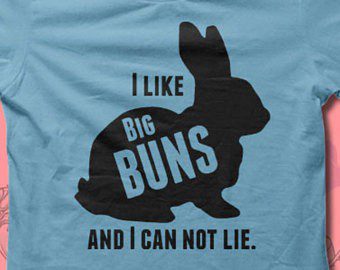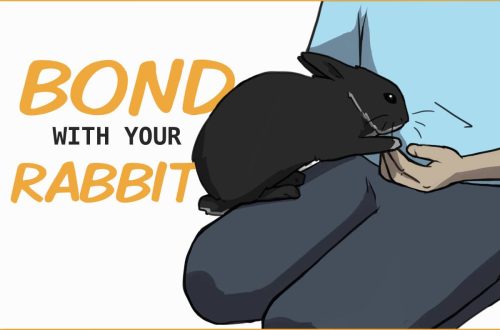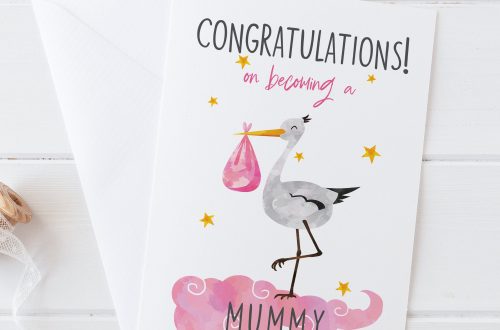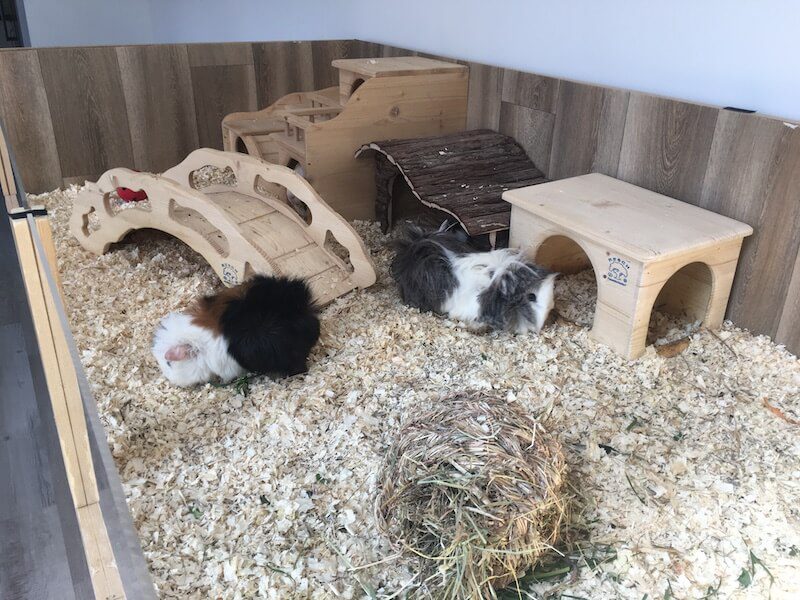
Bedding for guinea pig in a cage, which filler is better
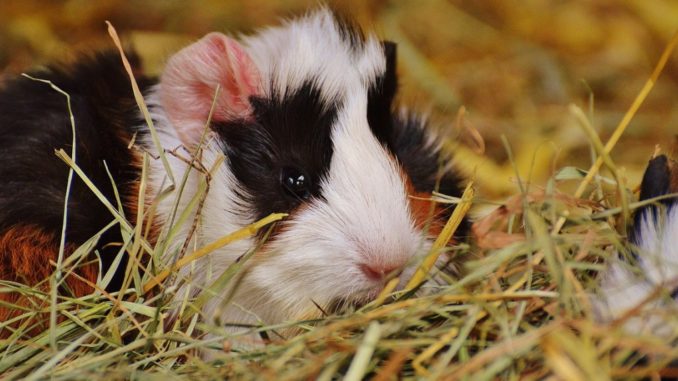
Before buying a tiny pet, it is important to take care of its comfort and purchase all the necessary things. For beginners trying to figure out which guinea pig litter is best, it’s hard to make a choice on their own without first searching for basic information.
Consider the existing types of fillers, indicating how much each of them costs, and tell you which bedding for a guinea pig in a cage is the best option.
Contents
The main tasks of the litter
Buying a litter is one of the primary tasks facing the newly minted owner of a small animal. An irreplaceable little thing performs the following functions:
- Acts as a toilet. Soft bedding, combined with fillers, absorb moisture and eliminate unpleasant odors.
- Protects the paws of rodents. Safe surface, excluding roughness and hardness, does not injure animals.
- Brings pleasure. Sharpening claws and digging in artificial “soil” imitates the conditions of life in freedom, without depriving the animal of the opportunity to satisfy natural instincts at home.
Despite all the positive aspects, the use of bedding can result in unpleasant consequences:
- fungus;
- total hair loss;
- bacterial pododermatitis;
- urinary dermatitis.
To avoid these diseases, careful monitoring of the cleanliness of the house is necessary. It is equally important to pay attention only to natural materials that do not pose a danger.
Types of bedding and fillers
The following types of fillers are used as bedding:
- paper;
- woody;
- corn.
You can cover the floor of the cage with sawdust and hay, or use improvised materials and make do-it-yourself bedding for a guinea pig from fleece or PVC. A good option would be ready-made absorbent diapers offered by manufacturers.
Consider the available options in more detail, dividing them into 2 groups:
- fabric;
- ready fillers.
Fabric pads
Beddings made of fabric have a common drawback – they cannot be used separately. They are referred to.
PVC mat
Ready-made rugs for guinea pigs are striking in their variability in appearance. They require daily cleaning of excrement and weekly washing at 30°. They ensure the safety of the paws and exclude the spreading of the filler.
IMPORTANT! The fabric does not absorb urine, but passes it to the lower level. A checkered rug always needs an extra layer.
If your pet is overly interested in the mat, trying to crawl under it or chew on it, then try flipping it over to the other side. In the absence of a positive result, it is better to remove the PVC mat, as its components are dangerous for the digestive system of guinea pigs.
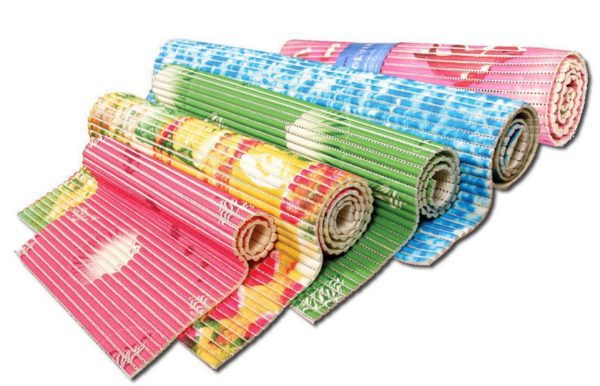
Fleece
Choose 2% polyester with distinct sides. Before use, the bedding involves 4-XNUMX washes:
- increasing the permeability of moisture;
- giving the final size to the shrunken tissue;
- demonstrating the presence of possible pellets.
IMPORTANT! The pet can get tangled in the protruding threads, so the fleece rug must have a perfectly smooth surface.
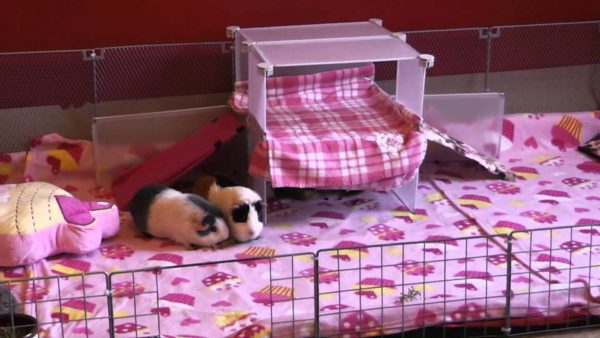
Napkins
We single out absorbent diapers as a separate item, which are an exception among fabric options and suggest the possibility of being used as the only filler.
IMPORTANT! Pay attention to instances with a gel absorbent that successfully eliminates any unpleasant odors, which is ideal for the toilet.
The diaper does not create difficulties when cleaning, but quickly breaks, involves only one-time use and costs an impressive amount (500-1000 rubles for a set of 10 pieces).
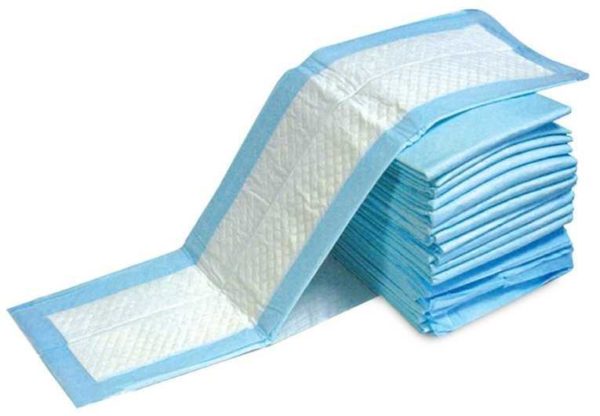
Ready fillers
Among the finished fillers are distinguished.
Paper
It is used in combination with wood, because, despite absorbency, it quickly soaks (it will have to be laid again after several trips to the toilet).
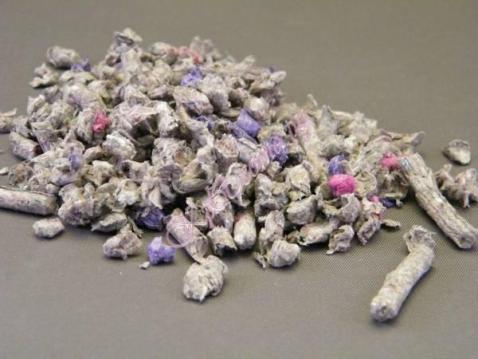
Woody
Pressed sawdust and other wood waste are glued together into special granules. Wood filler requires the obligatory presence of a second layer. Such a bedding will not do without sawdust or a fabric coating.
IMPORTANT! Choose only cellulose pellets or those made from natural wood. The animal will definitely taste them, and other materials are dangerous for the digestive tract.
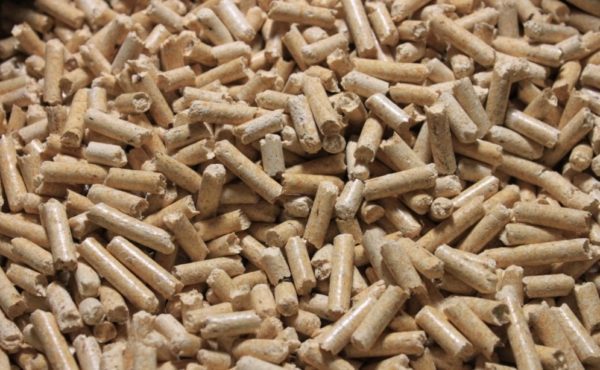
Corn
Corn cores are used to make the filler, but despite the naturalness of the materials, the final product has poor absorbency and absorption, so it is better to use other options.
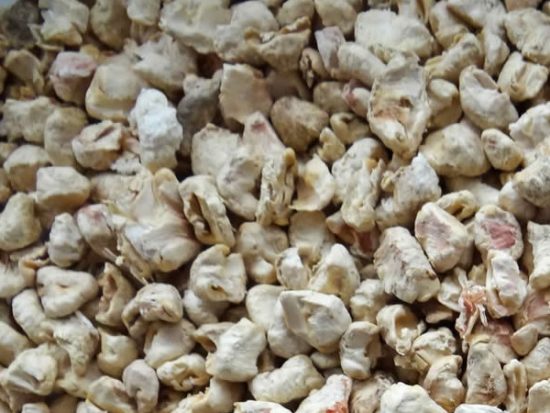
Feline
Cat litter made from silica gel can be used, but classic clumpy options should be avoided. Eating it threatens the death of a rodent due to intestinal obstruction.
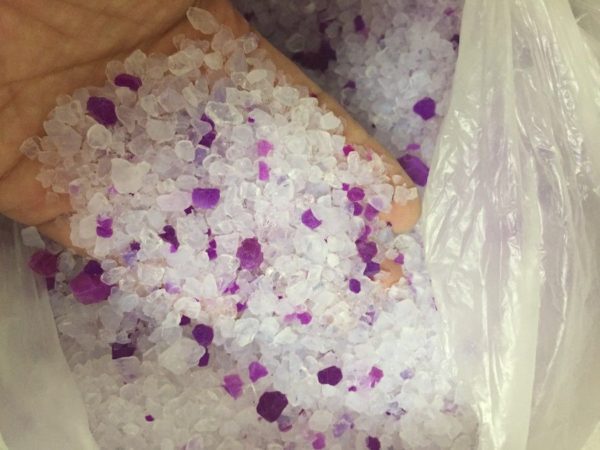
Sawdust
One of the most popular options, with low cost and availability. It absorbs moisture well and is suitable for the bottom layer. Choose large specimens (small ones are fraught with dust accumulation) and remove sharp wood chips before pouring them into the cage.
Sometimes a guinea pig will eat sawdust, confusing the owner. This behavior is normal as long as the animal is not trying to destroy all the supplies in the cage. Sawdust adhering to pieces of food is safe for the body of guinea pigs.
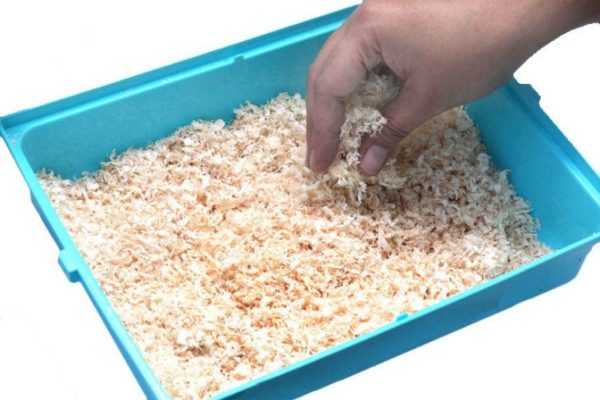
wood shavings
The cheapest and most affordable option with high absorbency. Requires careful sifting and removal of sharp chips.
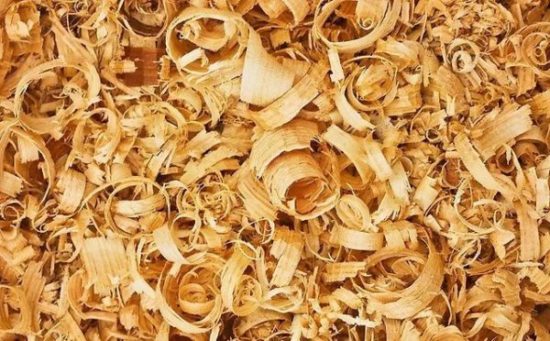
Hay
Eco-friendly material used exclusively as a top layer. For rodents, hay is a food containing a number of useful vitamins. Such filler for guinea pigs will have to be changed regularly to prevent the development of harmful bacteria.
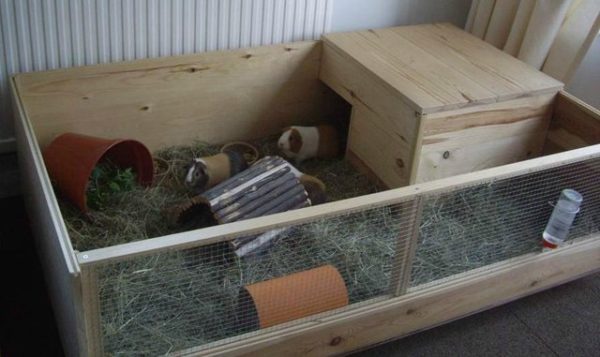
Advantages and disadvantages of existing fillers
If everything is clear with fabric bedding without a detailed analysis, then ready-made fillers require more attention. Consider their differences on the example of the presented table.
| A type fill upcalf | Pros | Cons | Approximate cost per liter (rub.) |
| Paper |
|
| 50 |
| Woody (granulated) |
|
| 40 |
| Corn |
|
| 120 |
| Feline (silica gel) |
|
| 200 |
| Sawdust |
|
| 20 |
| wood shavings |
|
| 15 |
| Hay |
|
| 20 |
Tips for finding the perfect fit
Given the characteristics of existing options, the best solution is a combination that allows you to use the advantages and minimize the disadvantages.
Sawdust
They take the top spot. All disadvantages are eliminated with careful and regular cleaning. They can be poured as the only filler.
Absorbent diaper
The pros justify the high cost, so if you have the funds, the option deserves attention. Used as a bottom layer, covered:
- sawdust;
- paper filler;
- fleece fabric;
- PVC mat.
wood filler
The granules are located in the bottom layer and are covered with the same options as the diaper.
IMPORTANT! For reliability, wood filler can be placed in the cage with an additional layer between the diaper and the soft cover, providing the guinea pig with long-term protection from odors and moisture.
Conclusion
When choosing a filler for guinea pigs for the first time, follow these recommendations, and when re-purchasing, start from the individual characteristics of the pet. With an increased love for eating PVC or sawdust, these materials can and should be replaced with the remaining analogues.
For a more economical consumption of the filler, you can cover the bottom of the cage or rack with a PVC rug, and use the filler only for the toilet tray.
Choosing a filler for a guinea pig
4.5 (89.01%) 91 votes



